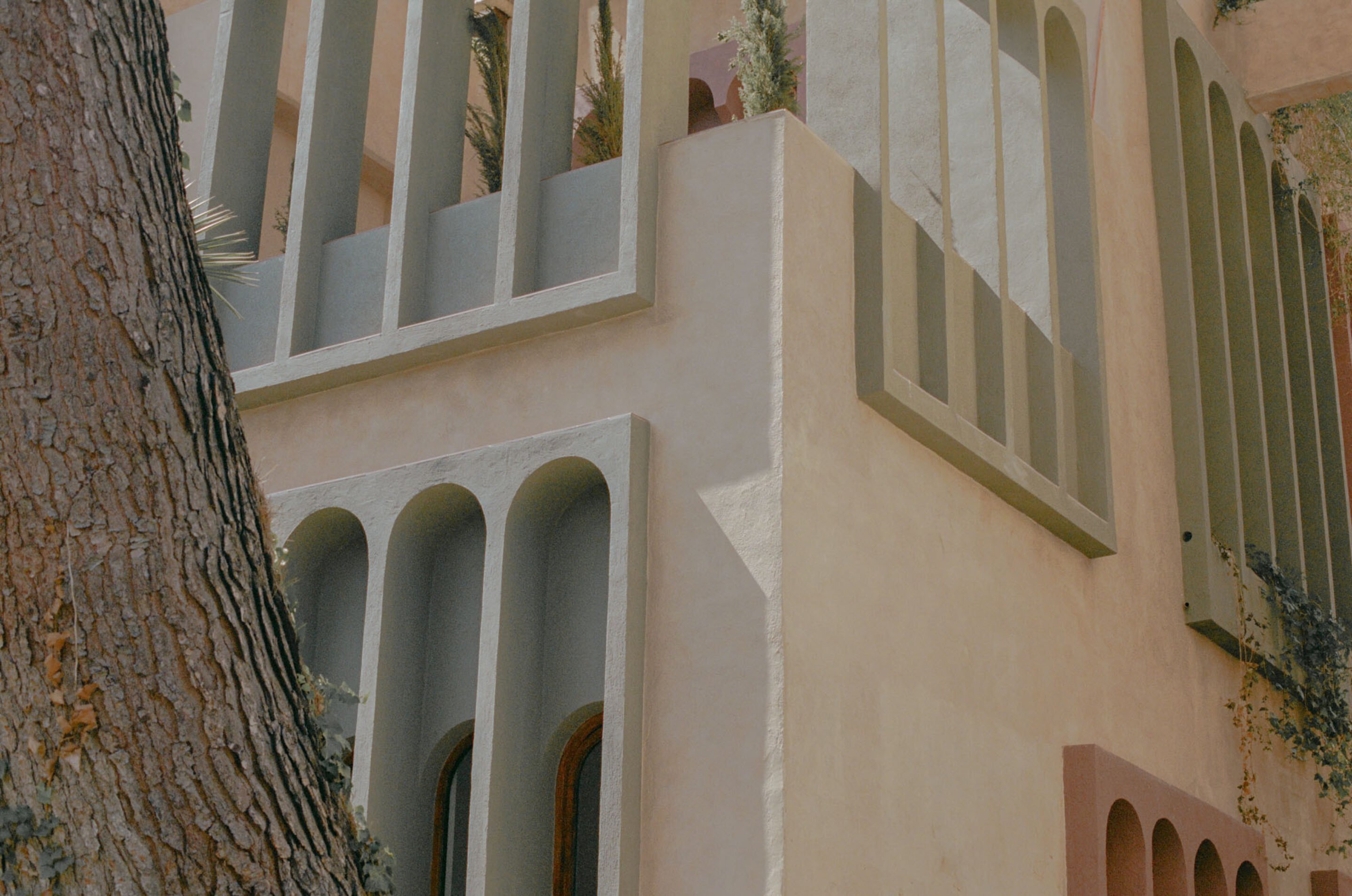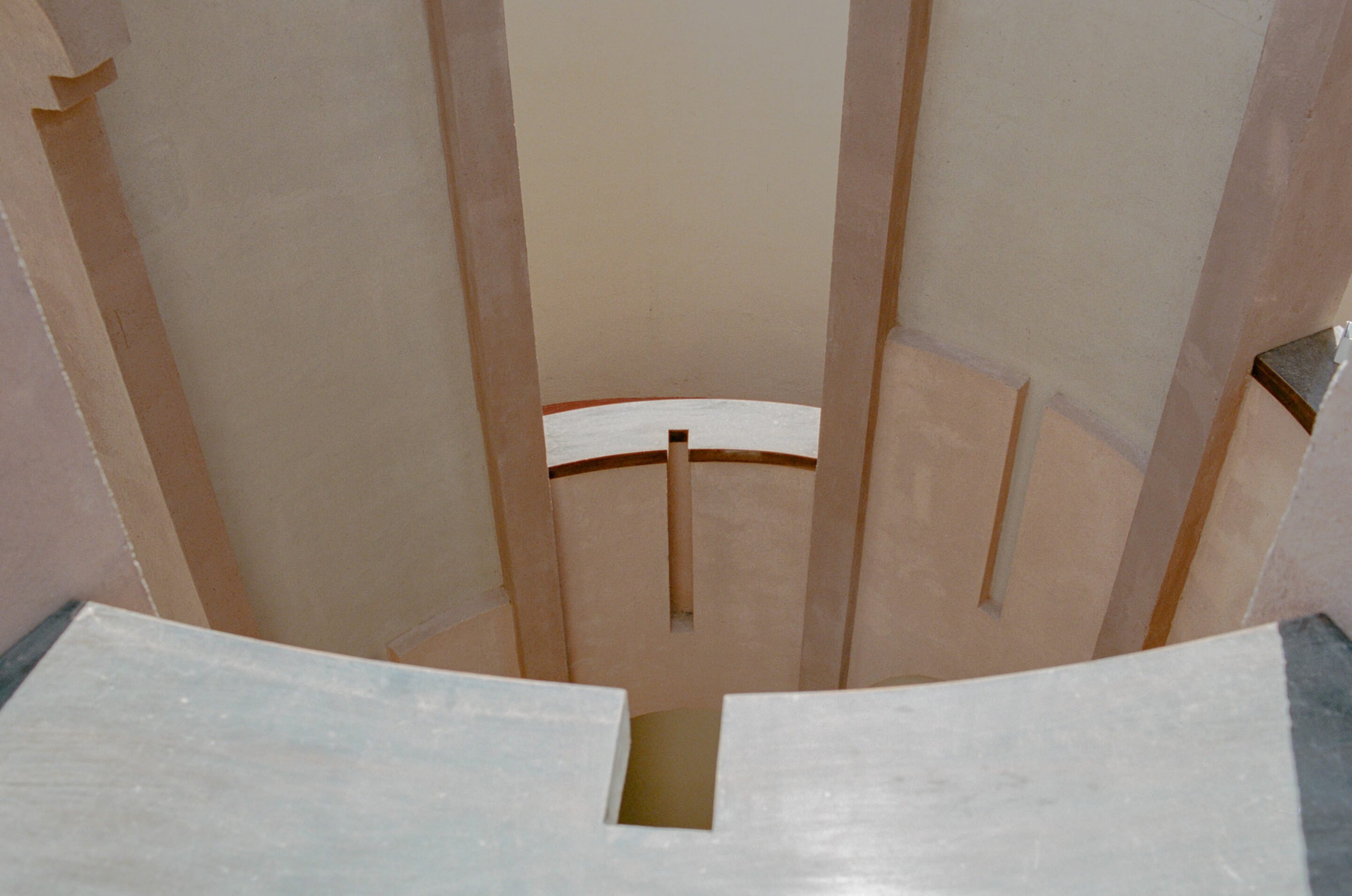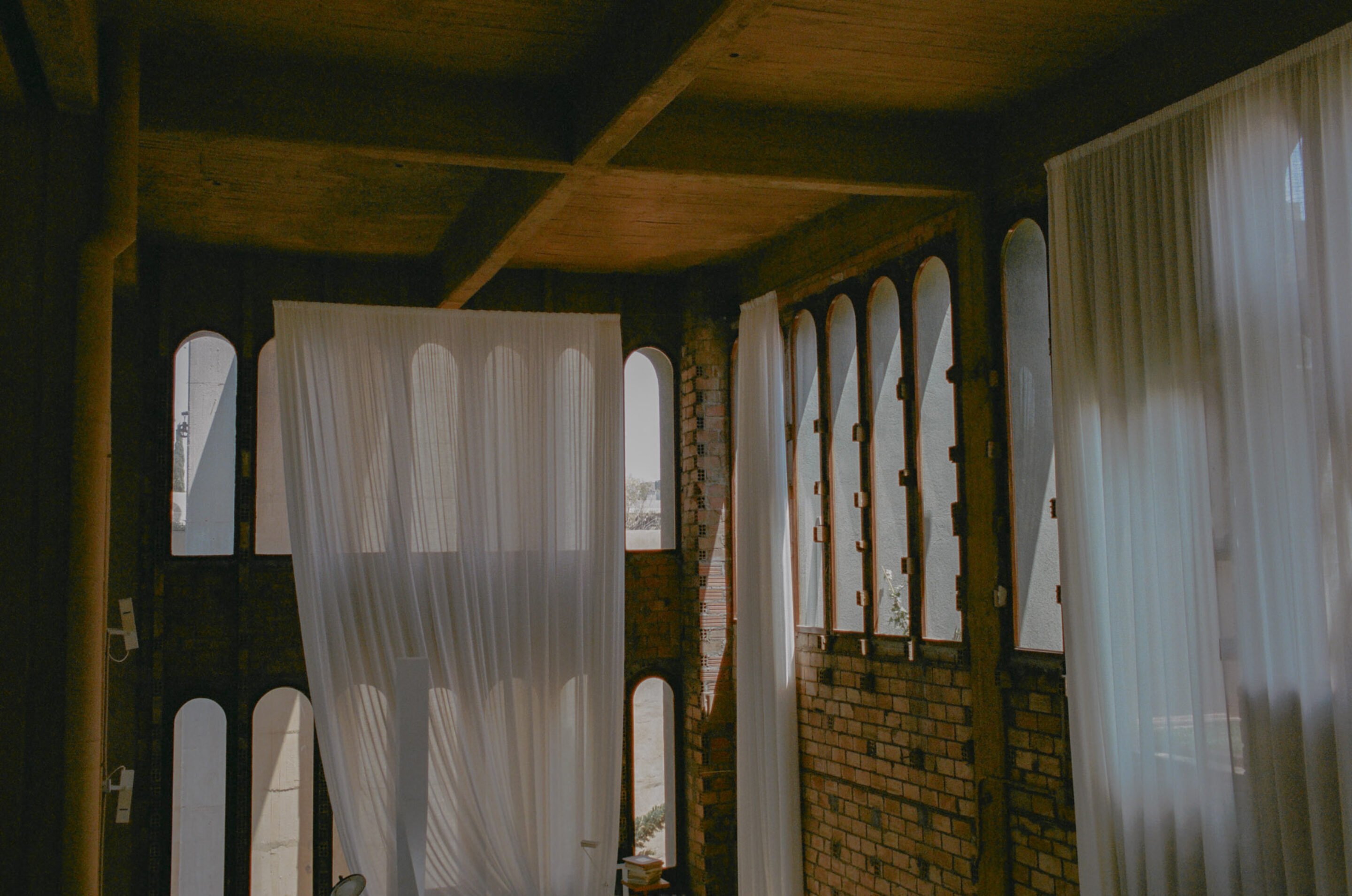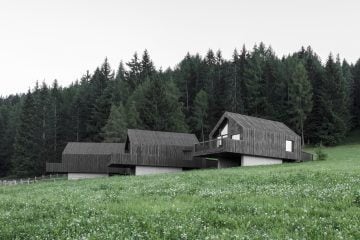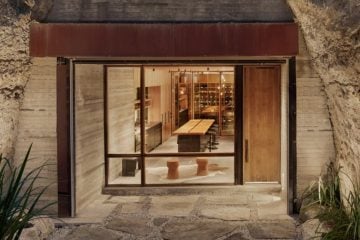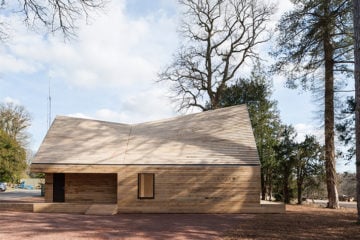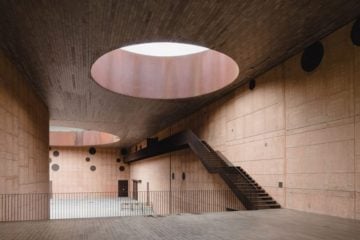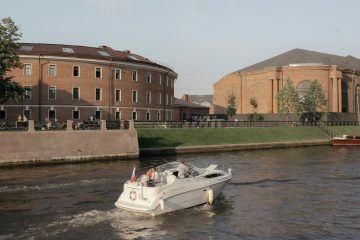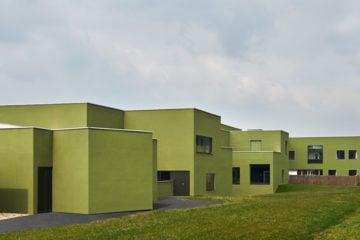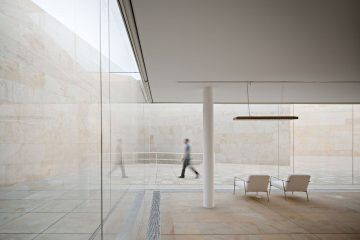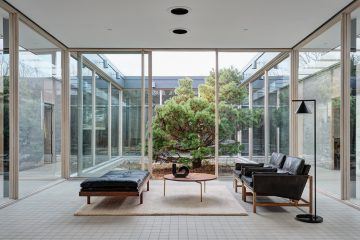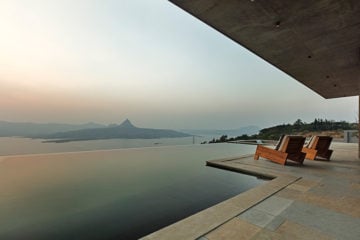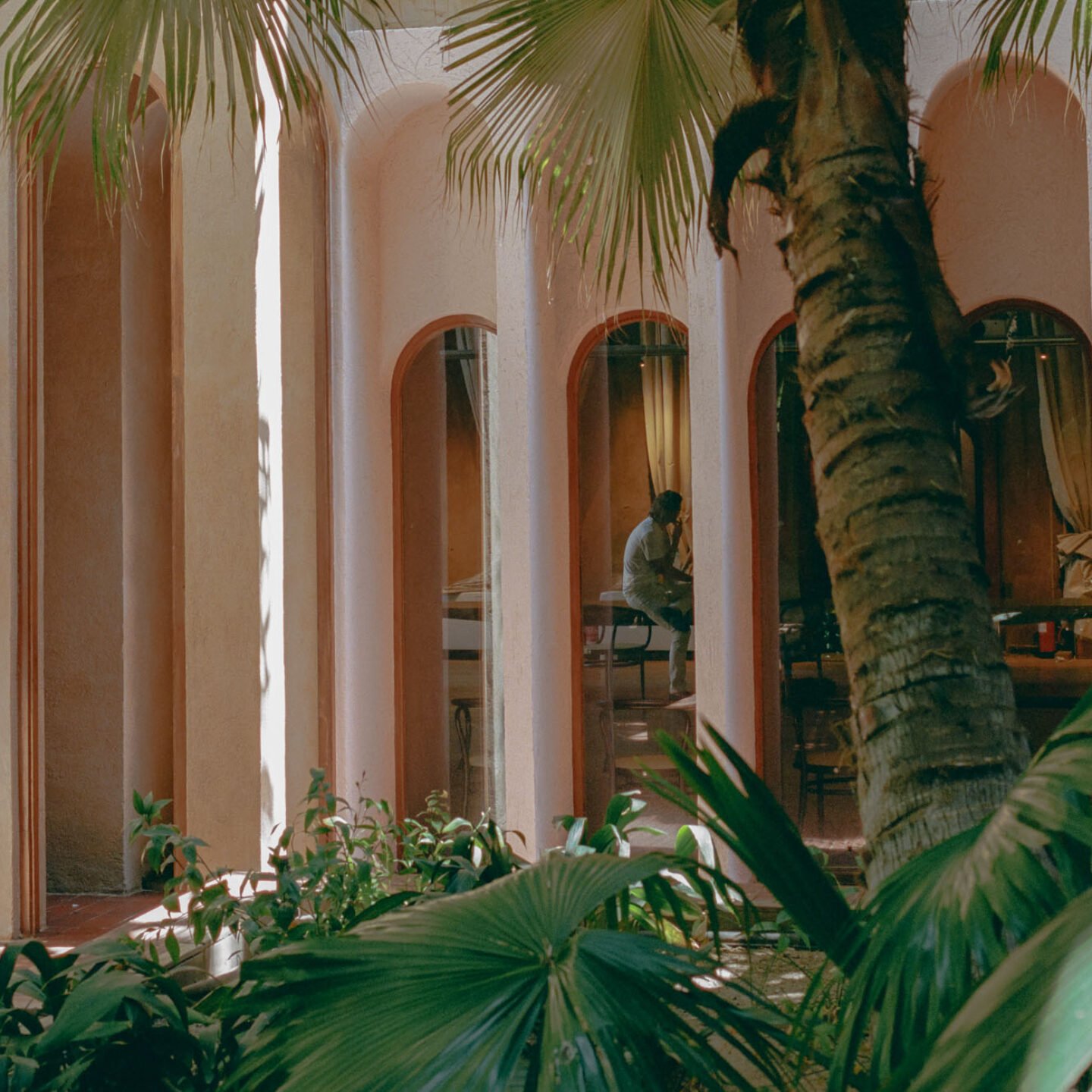
In Conversation With Pablo Bofill, CEO Of Ricardo Bofill Taller De Arquitectura
- Name
- Ricardo Bofill Taller de Arquitectura
- Images
- Monika Mroz
- Words
- Monika Mróz
In 1973, architect Ricardo Bofill stumbled upon the old cement factory as he embarked on one of his many nomadic ventures away from Barcelona. The factory’s imposing structure comes into view as one approaches along the highway leading to Sant Just Desvern. The building’s tall chimneys and vast silos exhaled smoke and pollution, and the place was destined to be closed within the next month. After two years of construction work, however, the factory underwent a remarkable metamorphosis, emerging as La Fábrica, the headquarters of Ricardo Bofill Taller de Arquitectura. A manifestation of the architect’s bold vision, La Fábrica has inspired contemplation and awe for the past five decades. Nothing there is about the past, though. Much like its inventor, the unique landmark always faces the future. Today, after Ricardo Bofill’s passing last year, La Fábrica remains an unprecedented laboratory for ideas, continuously reinvented by the next generation of architects and thinkers.
The present CEO of the company and Ricardo’s son, Pablo Bofill is, first of all, humble. His quiet demeanour carries a deep respect towards his work, his team (in which he works along his brother, architect Ricardo Bofill), and the legacy of his father. We’re sitting in Pablo’s favourite spot in La Fábrica, called El Jardin de las Delicias – the Garden of Delights. As the gentle interplay of the shadows enters the lush greenery of the garden, we begin our conversation about the current context of La Fábrica, the challenges confronting the architects today, and the enduring spirit of Ricardo Bofill.
Before we end our conversation, Pablo encourages me to explore the myriad rooms and corners of La Fábrica. This invitation stands as a testament to the philosophy so carefully nurtured here. There are no straightforward solutions, each individual must carve their own path. Within the expansive 31,000 square metres of the space, there is a multitude of discoveries to be made.
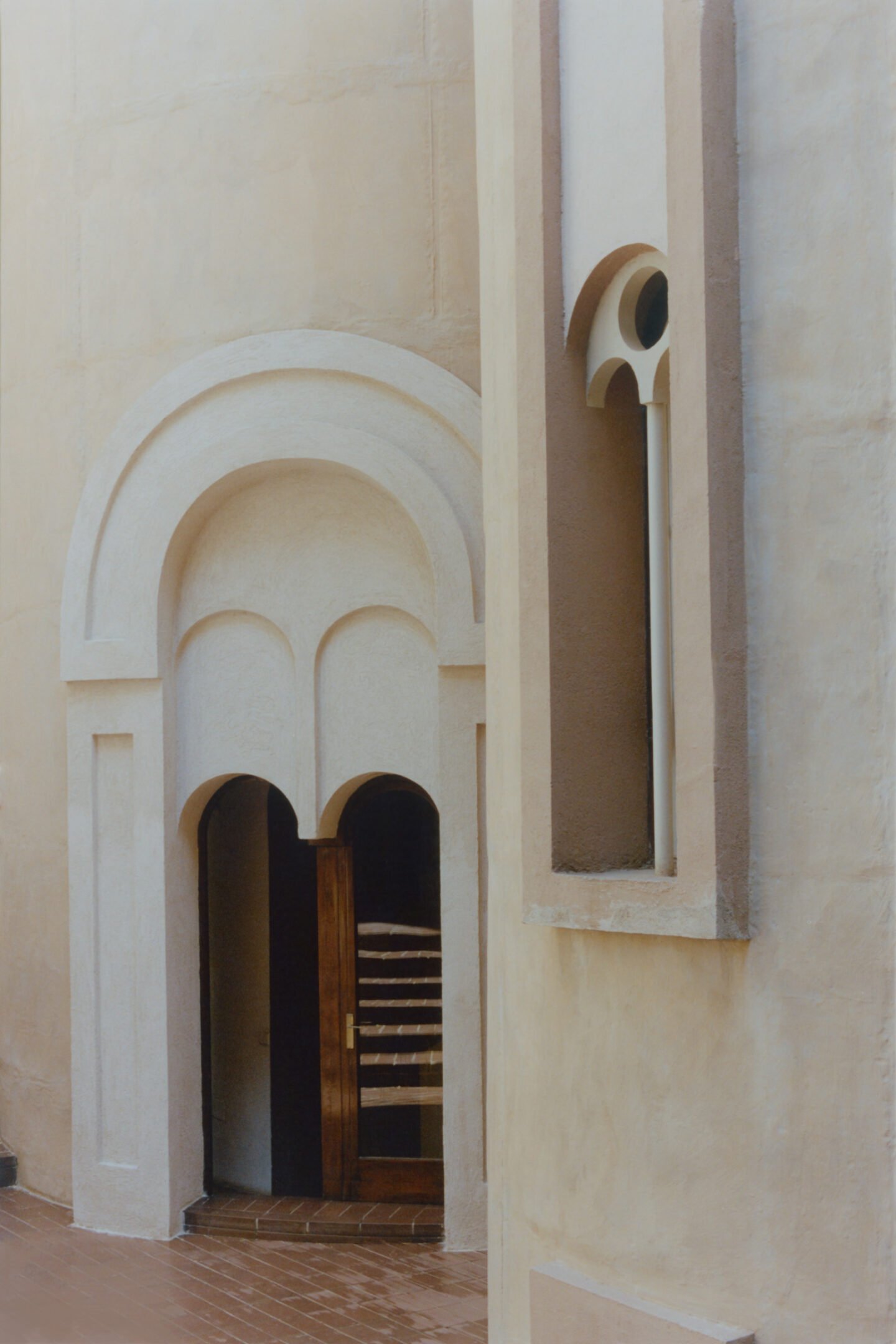
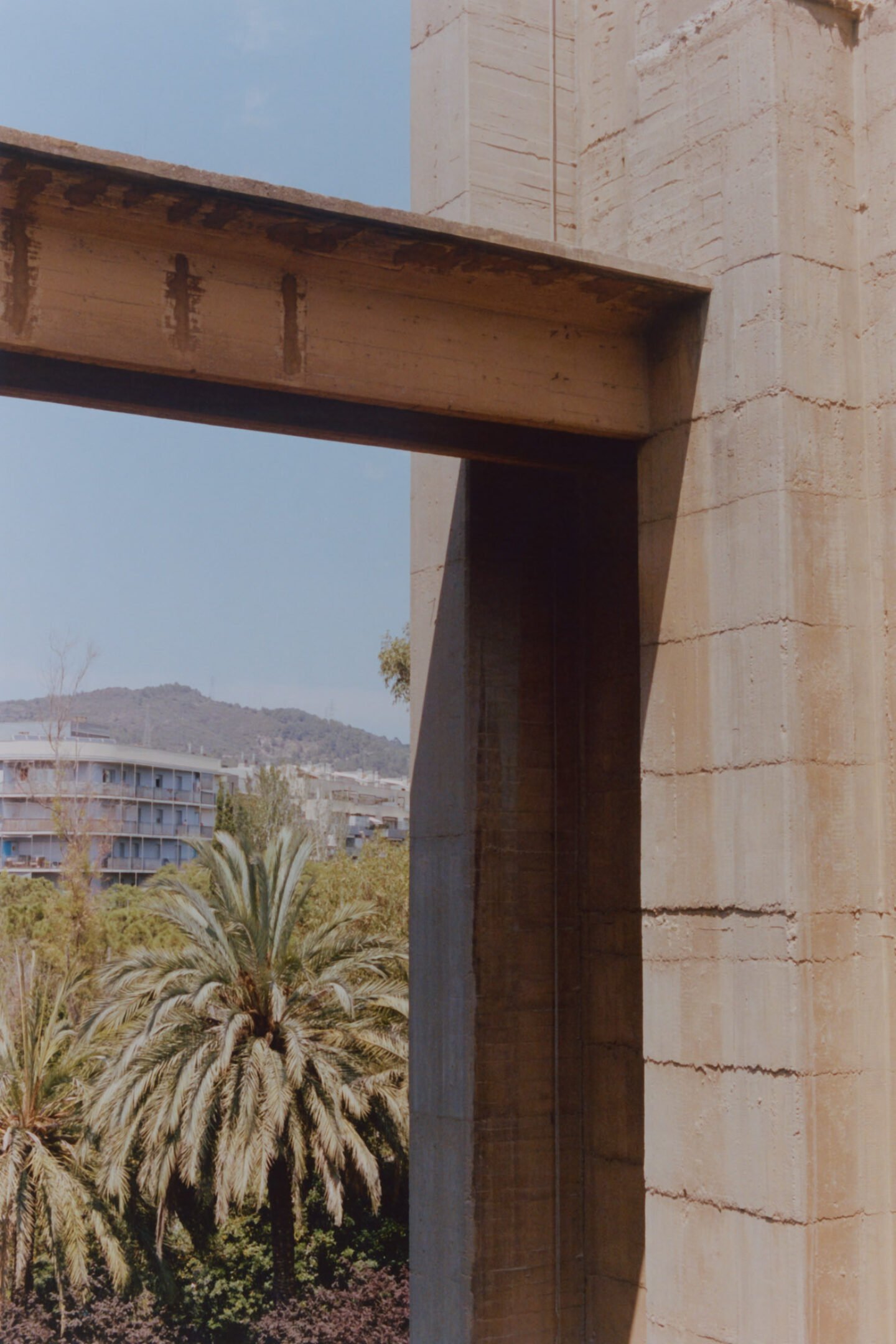
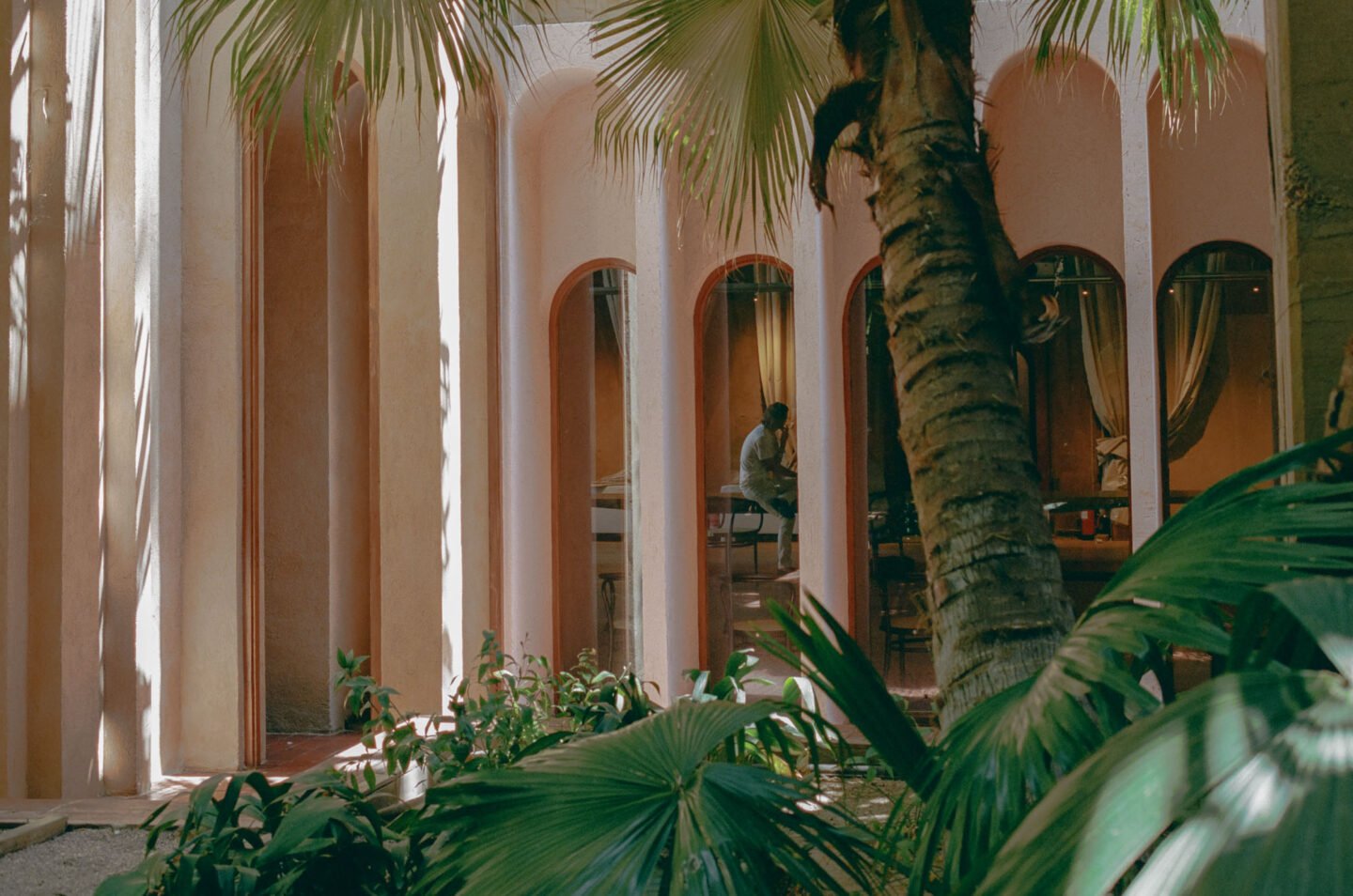
What are the most important architectural features of La Fábrica?
The most important feature of this place is the fact that it’s a non-finished project with its own evolution. It changes in accordance with the needs of the team and the reality of the projects we face here. It’s a place that always looks towards the future. At the moment, we are undergoing a big transformation of the factory, and we’re altering a lot of spaces. With every project, there are different people coming to work and live here at La Fabrica, so it needs to evolve with them. That’s what’s so interesting about it – you cannot grasp what this space will be like in a few years as it always grows.
Could you tell us about the current context of La Fábrica? Since your father Ricardo Bofill has passed away, a lot of spaces in the building have been transformed into offices. Would you say its residential function remains at all important?
The residential aspect has never been the main function of this project. I wouldn’t say this place has a defined function: it develops over time. We’re keeping the residential parts in use as we always have artists and other people working and living here. La Fábrica’s main purpose is to act as a monastery for creativity. It’s a place to stay, think, and get closer to the team to grow together. This creative energy of La Fábrica creates a separation from the city and everyday life. It has its own reality.
That’s what I also felt when visiting here for the first time: it appears as a well-oiled machine. You can see people everywhere, each having their own responsibilities. It’s almost like a living organism.
Yes, it’s true. It’s a place that has its own dynamics. I find it interesting to observe people from various disciplines and backgrounds come together to work on a project here. It’s like a big family in which everyone – from architects to staff workers – brings their own value into the place. We also try to make La Fabrica a space that brings people together by organising different events. For instance, we are working on several projects in Africa at the moment, and today we’re having a concert of The Kader Tarhanine, a band from Sahel. Next week, we’re having a three-day intensive workshop with lots of focused work. We also hold yoga classes here. This place is constantly transforming. It acts as a platform to think and find great solutions for the versatile projects we carry.
It seems that as a team, you also need to demonstrate lots of flexibility towards the projects you work on.
Yes, because we’re not focused on one kind of typology. We stand in opposition to the professional practice in which processes are fixed and defined. Here, there’s no given way of finding a solution to architectural problems. We have a particular way of thinking but never a ready-to-go solution.
"That’s when the diversity of our team becomes precious – we have 25 nationalities from all over the world working here."
How do you approach a new project, then?
We always strive to bring as much talent on board as possible – from sociologists and analysts to artists and local communities who can provide feedback on the objectives we are facing. Then, we initiate a conversation to be able to find answers, and when we reach a conclusion, that’s where brainstorming of architectural ideas begins. We come up with proposals and then consult with our clients. No two projects are similar, though. We work across continents, with many scales and typologies, and we try to approach each commission with a fresh mindset. That’s when the diversity of our team becomes precious – we have 25 nationalities from all over the world working here. These are people coming from various social, economic and cultural backgrounds. They all arrive here to bring their creativity and perspective into our projects.
You have been growing rapidly in the last few years. Today, you work in a team of more than two hundred people. Is there anything that determines your choice of who to hire?
It’s very easy. The most important thing for me is to have people that are able to define themselves in life. Everybody that comes here has their own story and their own experience. They made an effort to direct their life in a way to work with the architecture that they felt truly passionate about. Often, the people we hire consciously decide to take a less easy route in their life in order to work with projects that they find truly inspiring. We don’t have a classic structure or management in the company as I think it kills creativity, so they also have to find their space in that. And, of course, they need to understand the place that is La Fábrica. It’s a true treasure for us to have people from various backgrounds who each can see the project from a different angle. And this openness of life is also represented in La Fábrica: people work here everywhere, in the gardens or on a rooftop. They don’t have set offices. That way, we avoid the repetition of the workplace, always working in different environments and with different teammates.
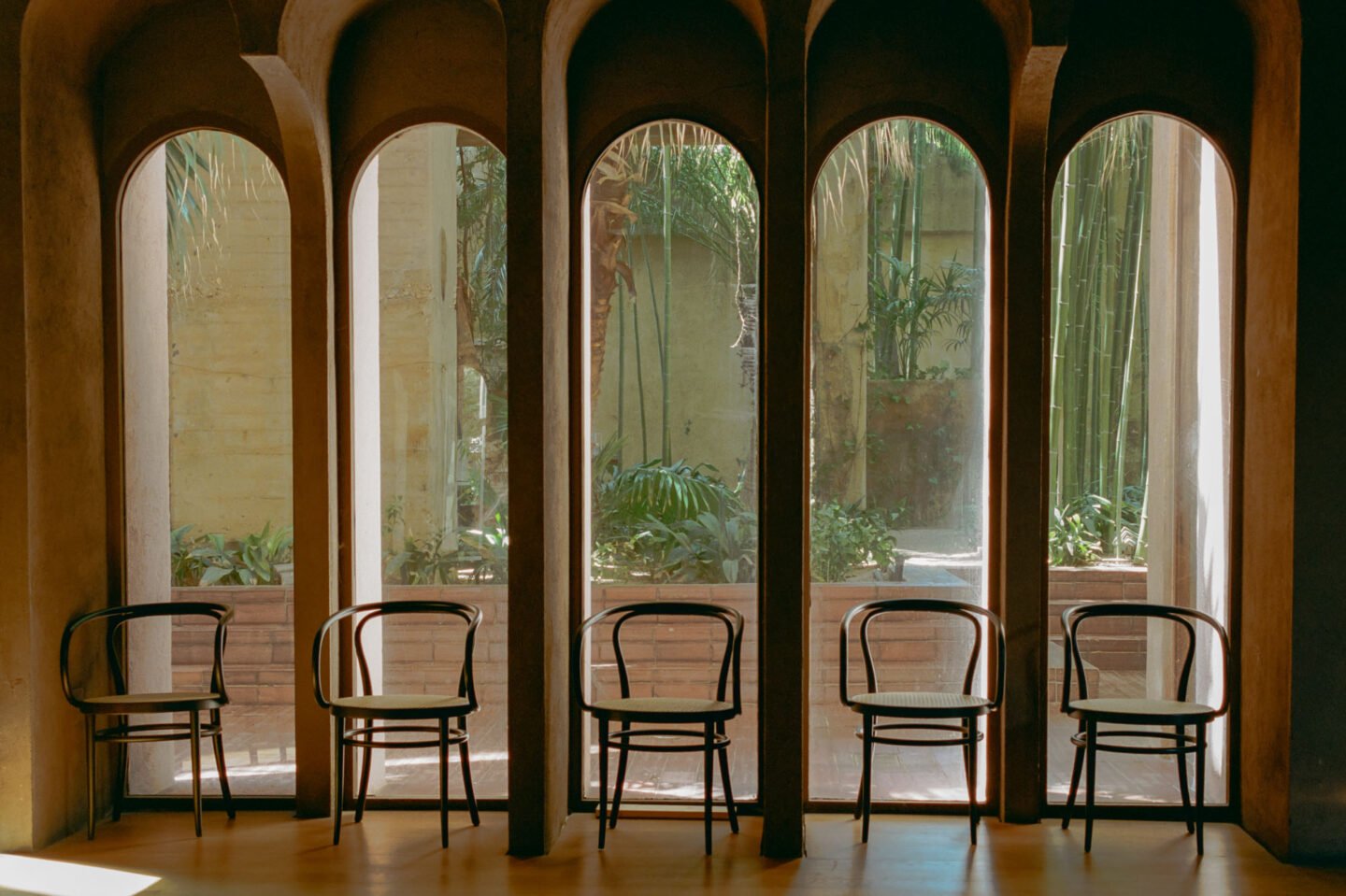
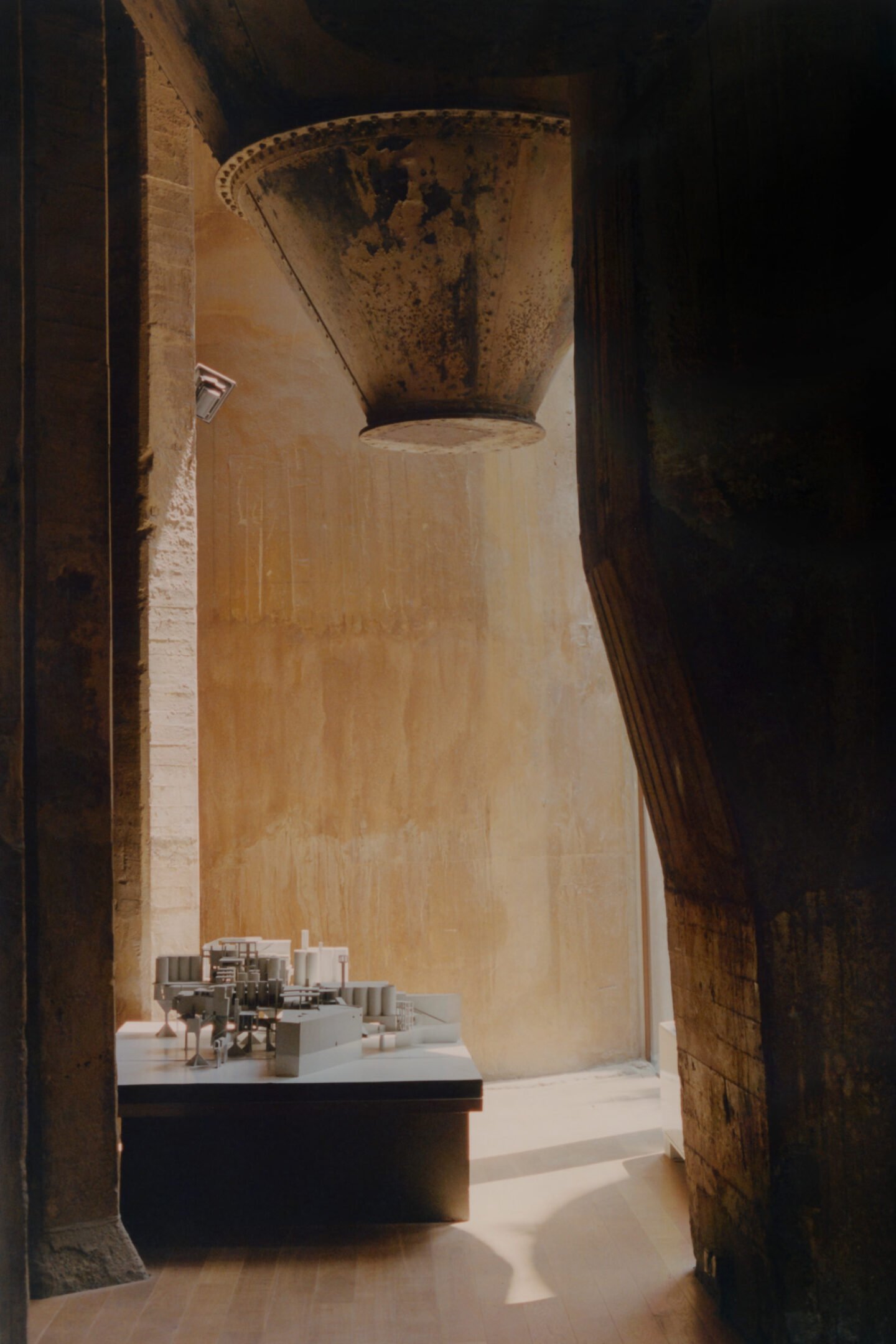
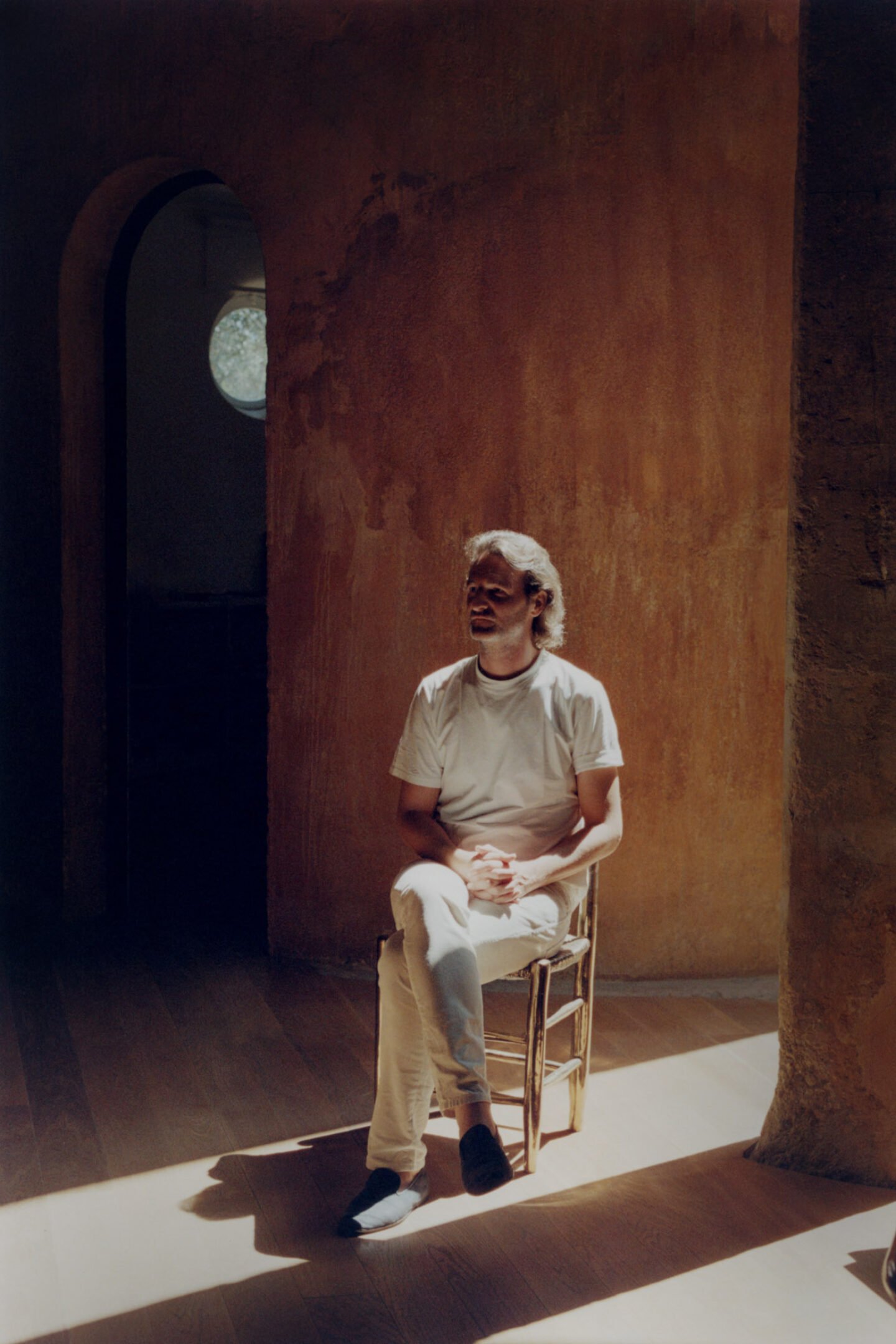
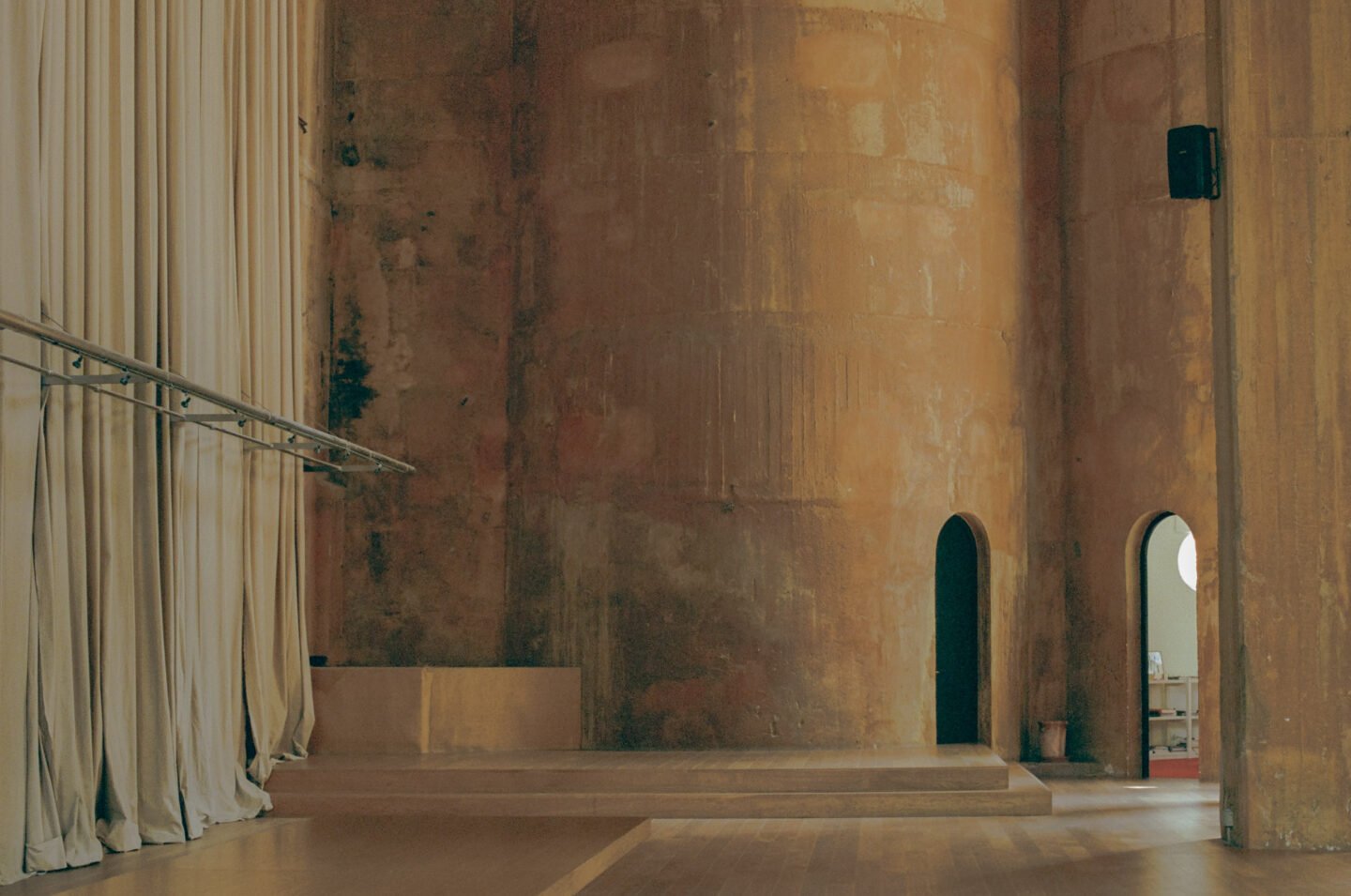
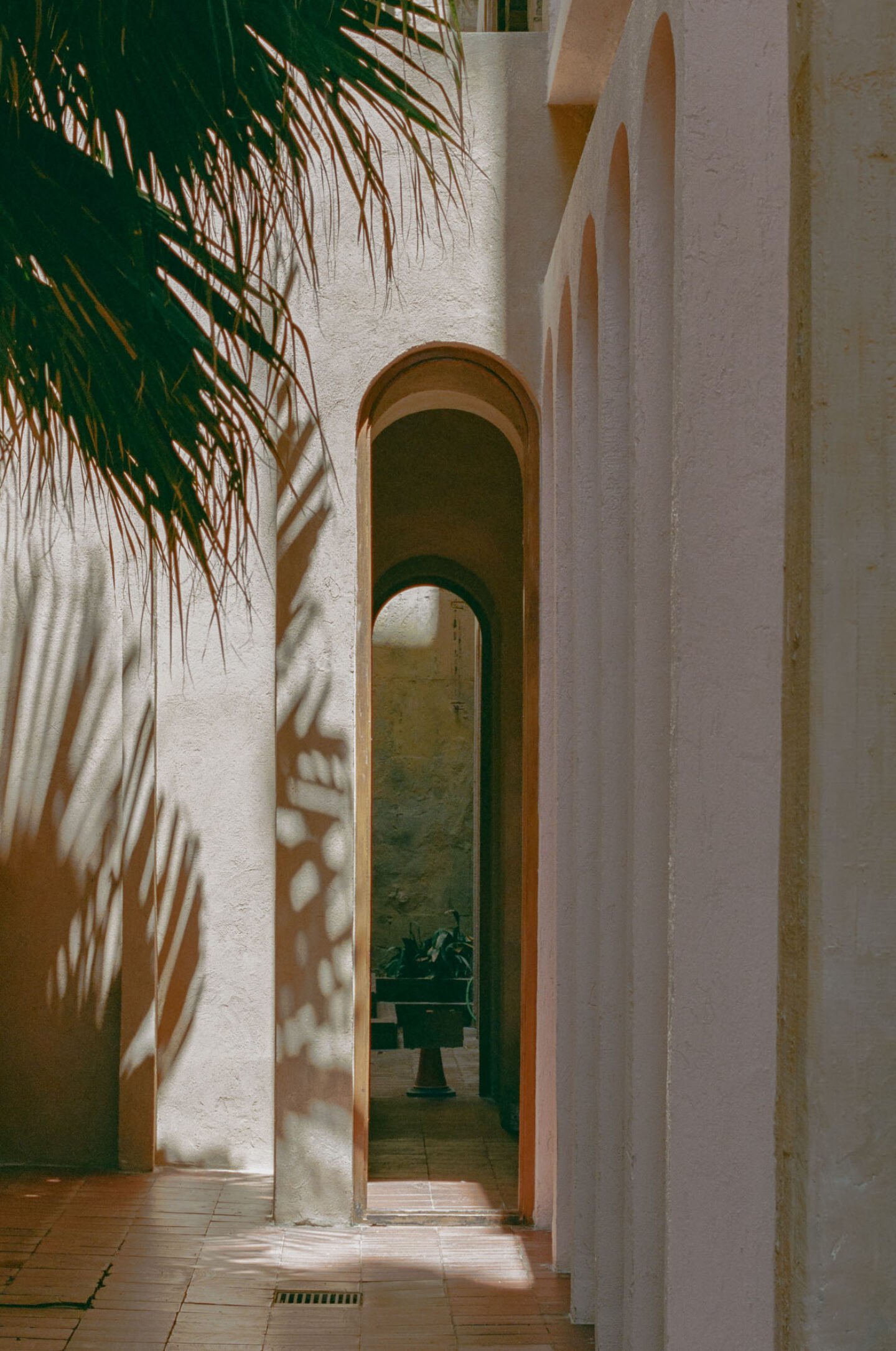
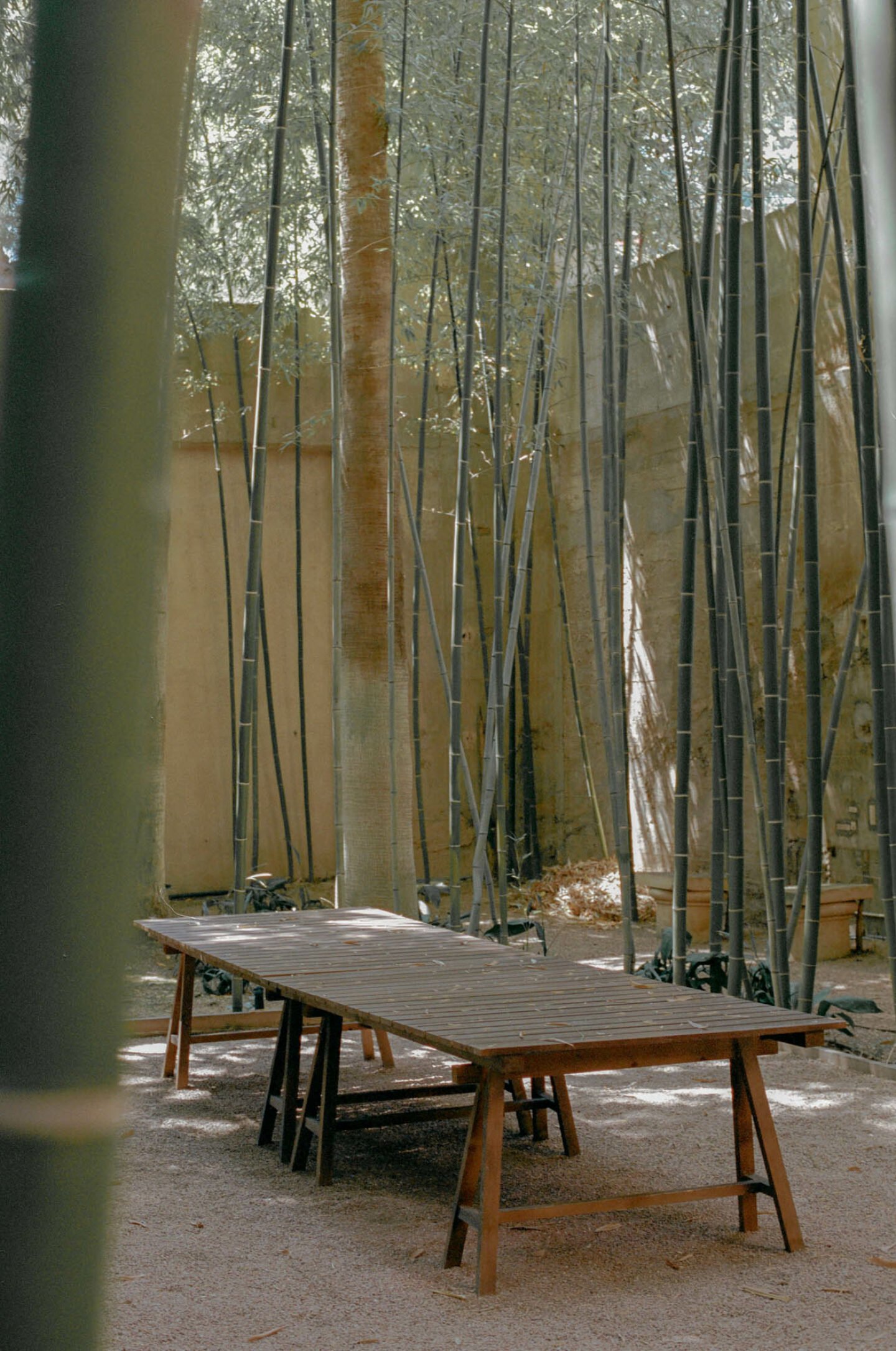
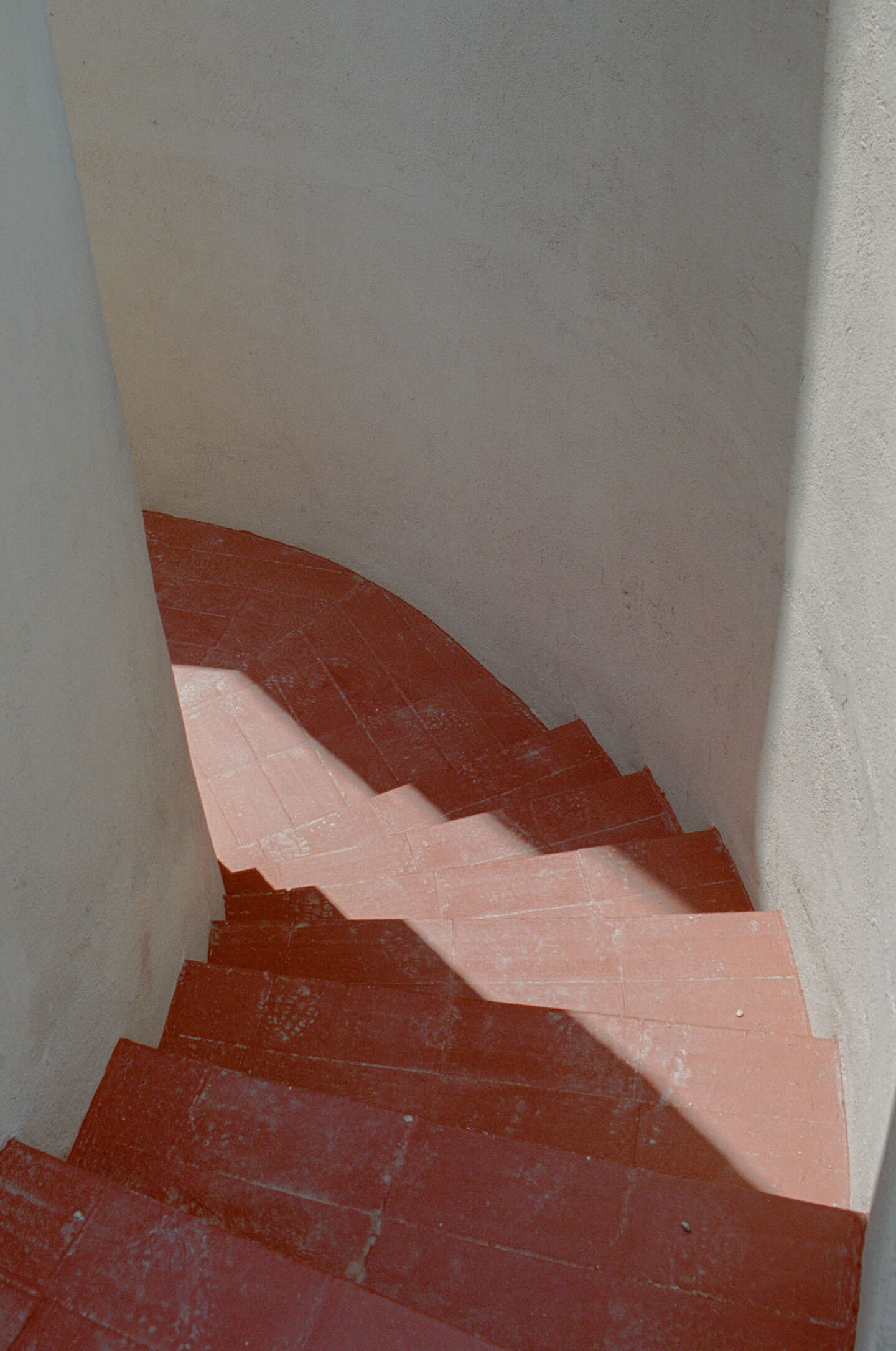
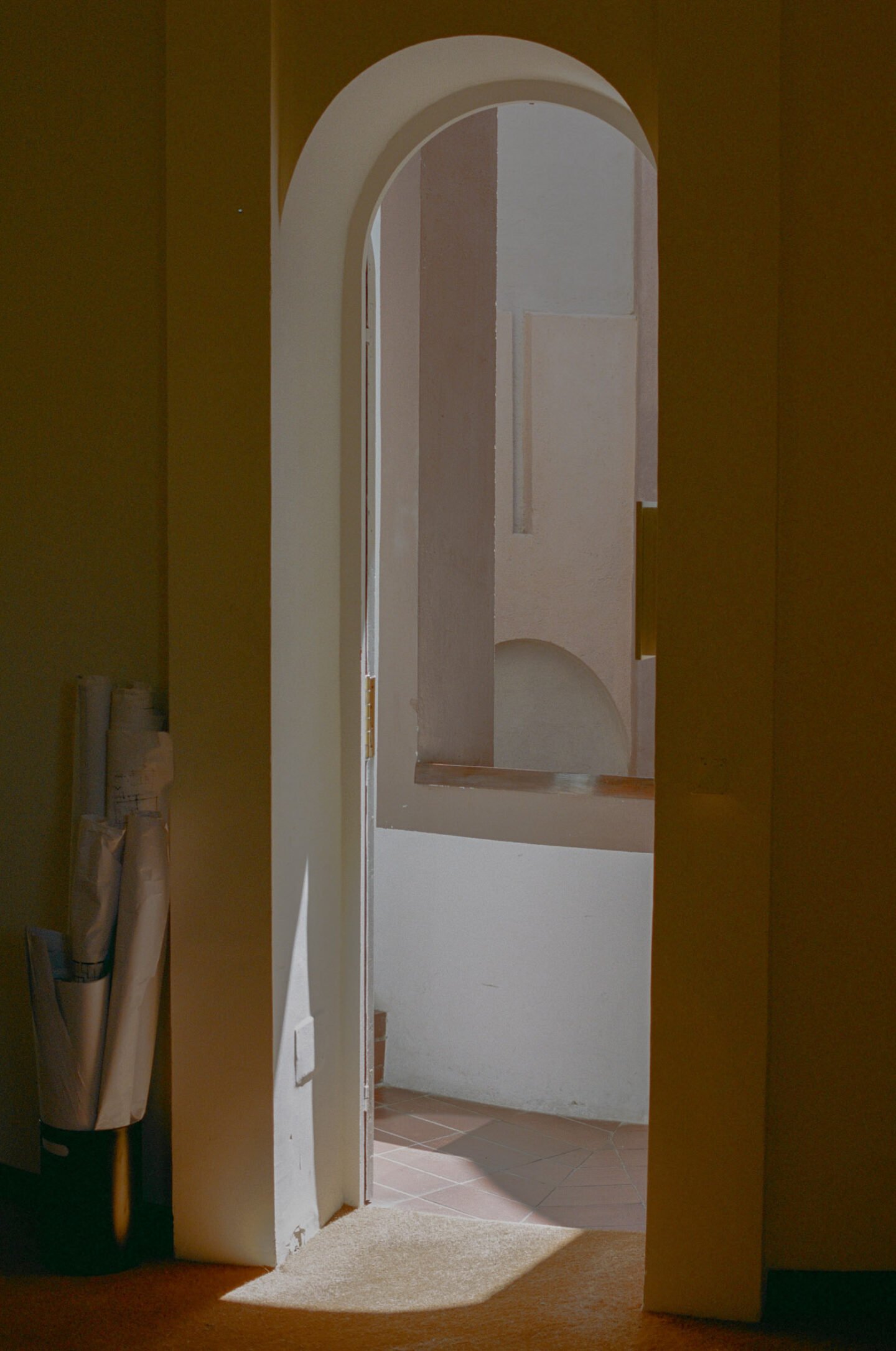
It sounds like you have created a strong community here.
Yes, or at least that’s something we aspire to create. I don’t know if we achieved that, you would have to ask the people who work here. But we have always wanted to build a space for people who would feel a sense of belonging, who would feel like they were part of a bigger story. It’s a place for self-expression.
Are there people at La Fábrica who have been working here for many years?
Yes, there are people here who have been here for over 40 years. We even have a second generation already – the people whose parents worked here.
Ricardo’s projects often became a subject for photographers or videographers owing to their strong visual features: the geometrical shapes, delicate pastel colours, or the way light enters the buildings. I wonder what Ricardo’s own visual references were?
One of his main references was Picasso, not for his visual style, though, but for his ability to continuously change his artistic voice and never fall into repetition. Although he had a huge admiration for architects such as Richard Meier, who took a vocabulary and worked on developing it all their lives, he was exactly the opposite. Ricardo’s life was all about transforming experiences. That’s why he liked to change the realities in which he worked so much: to move along different continents and different typologies. He always deconstructed his own work.
"The true legacy of my father is to look towards the future and to keep the transformation in flux, along with a team of the most talented people."
Your father’s impact and reputation are indisputable. How do you navigate carving your own path as a CEO of Taller de Arquitectura? What is your way of paying homage to your father’s legacy?
I don’t think that there is a clear distinction between respecting the legacy of my father and trying to bring something new. Ricardo would instil this idea in mine and my brother’s mind that a continual transformation is essential. Hence for me, the main way to respect his legacy is to continue this growth, both for the company and for La Fabrica. I never wanted to make a museum of this place. The true legacy of my father is to look towards the future and to keep the transformation in flux, along with a team of the most talented people.
The practice has been functioning for decades, and the world has changed drastically over time. In the 70s and 80s, Taller de Arquitectura often worked on social housing projects and carried an idealistic approach towards expanding urban landscapes. Are the projects you are working on now much different from that?
No, they are not. The typologies are naturally different, but we still hold that overall method of understanding the place first, and that includes social perspective. In a way, the projects we work on today are different from building social houses in Spain or France, but the process of how to invent something remains similar. According to the current knowledge and the specifics of our times, the project needs to be considered from various points of view: the landscape, the construction, and sustainability. But once those circumstances are understood and consulted with specialists, the ideas are born. So, while social housing had always been an obsession of my father, it’s not at all about being nostalgic, but rather tackling the new challenges and looking towards future projects. For example, we are now working on a university campus in Morocco. The objective is to create a university for the best students in Africa without them having to study in Europe or the US. And in that project, we also deal with its residential side: student housing. It has to accommodate thousands of students and be executed at a limited time and budget, so it’s a great challenge. In the end, no matter what kind of project, we always try to create architecture that gives people a sense of belonging in their unique context.
In the end, architecture needs to serve the people.
Yeah. This is our sole obsession. What’s more, architecture needs to serve not only the people who use it but also the people who build it. That is why it is so important to understand the reality of the place where you introduce a new architectural project. I have seen so many cases in which, for instance, French architects just export their model of a French suburb to Africa without too much consideration of the reality there. For us, it’s essential to consider local identities and conditions and create something that is part of this specific place and not just an export of the idea to another country.
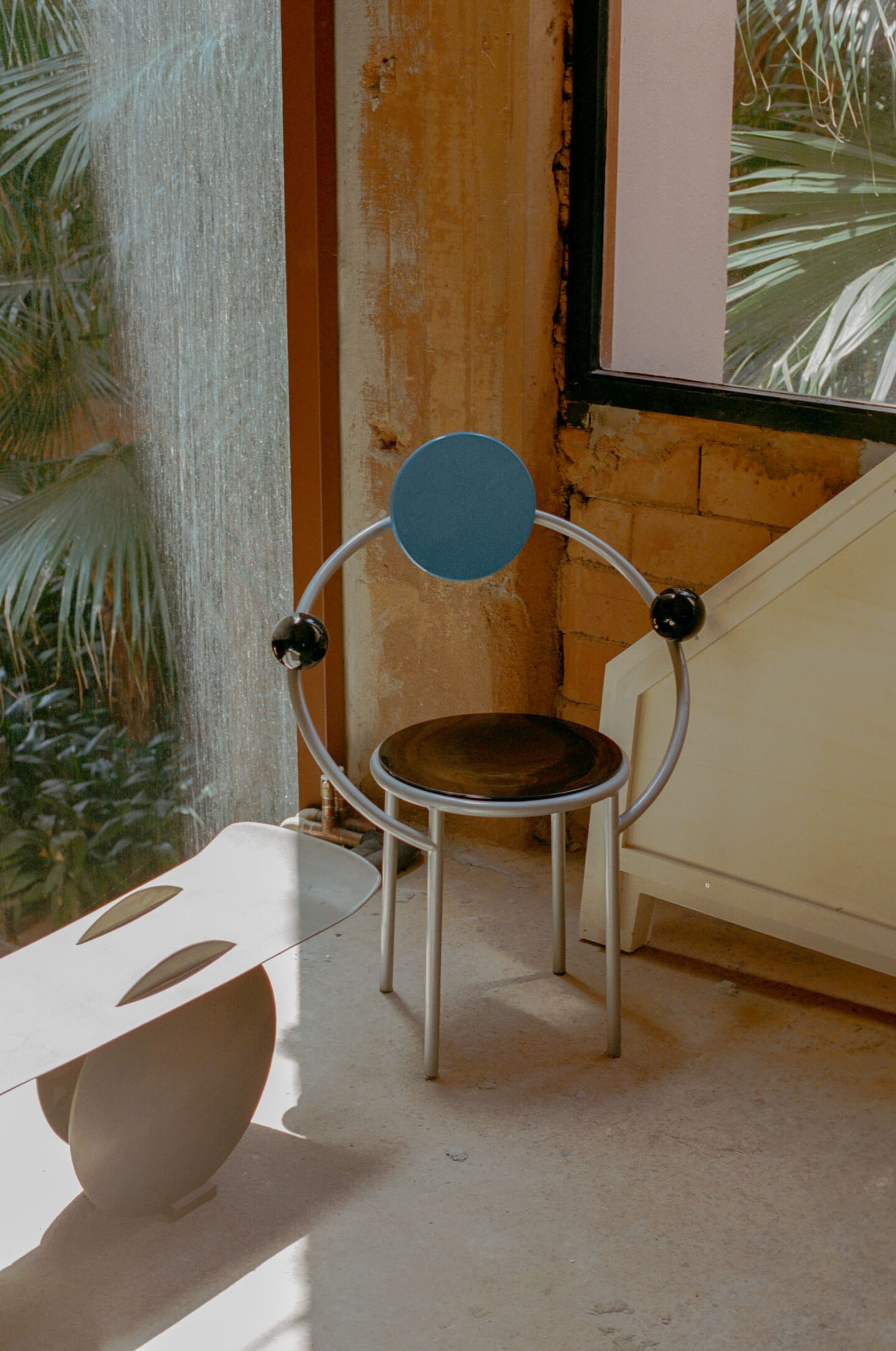
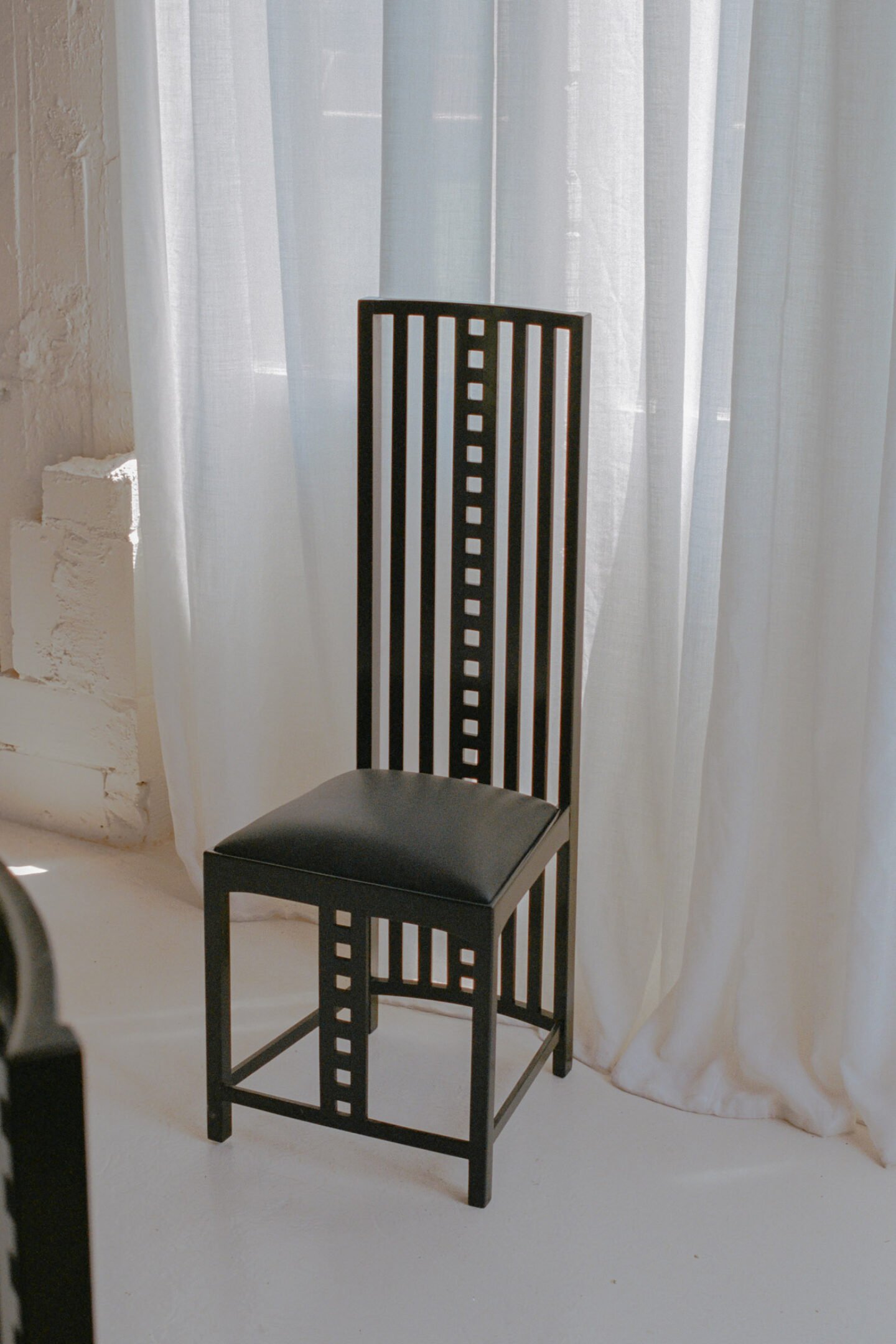
Some of Ricardo’s projects have better reputations than others. When I was planning on visiting Les Espaces d’Abraxas, a huge residential complex outside of Paris, I heard many opinions that would say it was sketchy and dangerous. On the contrary, Walden 7, located just right next to La Fabrica, seems to have a harmonious community of people who are proud to live here. Looking in retrospect, how would you evaluate those projects?
It’s very interesting. When Walden 7 was built, this area was one of the poorest in Barcelona, and the apartments were built for underprivileged people. In a way, the social setting was similar to Les Espaces d’Abraxas, and it is very interesting to compare these two projects. Walden7 was even cheaper in construction than the one built in Paris. The economy was collapsing at that time in Spain, and even with that background, there was a system in which a person becomes the owner of the apartment after 25 years of inhabiting it. It gave people that lived here a sense of belonging and the promise of having their own home. And when you have that prospect for the future, you really start to care about the place you live in, and you want to improve it. On the contrary, the problem with the French social housing system is that people are only allocated there for a couple of years, and then they are moved somewhere else. This place will never belong to them. Its main function is to always serve as social housing for people in crisis who cannot live somewhere else. It is stigmatising. Another side of it is that Les Espaces d’Abraxas had been abandoned for 25 years because the mayor wanted to destroy it, so there was no infrastructure around the building that would make the community spark. As a result, it became a place with many problems. We are working on it now with the current mayor, trying to find a solution, and I believe that once we solve the issues, it will work again. I have a lot of trust in it as it is an interesting piece of architecture.
What kind of boss was Ricardo?
He was passionate. The only thing that he cared about was the projects he worked on. And then, after the project was finalised, he only thought about the next one. In a way, he was very humble. He never came back to the projects he finished.
What do you mean, “he never came back”?
He had never visited what he had made before. The only direction he faced was forward. He always needed to have a vision of the future and always think about what he could improve, never being fully satisfied with what he made. He was very close to the team – it was his family – and his work was his life. This is what he had left the team with to always give the best, stay focused, have an open mind and be curious while remaining humble. For him, life was a constant learning process, and he would never dare to say that he knew how to do something. To work like this, one needs a huge amount of curiosity, passion and perseverance. It can become a violent process as sometimes you need to go against the common rules.
He was, in fact, a rebel, going against the generally accepted ideas to realise his bold vision. Were any of these qualities present in his personal life, too, or was it only his professional side?
No, for him, there were no boundaries between the working and private life. This spirit of rebellion is still present today, and hopefully, it will always exist. In Ricardo’s life, this manifested as the struggle to find an individual path for himself without repeating after anyone else.
You grew up in Paris, but you frequently visited La Fabrica as a kid. What was your perception of this space back then?
For me, it was never a playground or a place for adventures, even as a kid. It always felt like a monastery. I saw all these people, friends and coworkers of my father, working on projects that I didn’t fully understand back then. It also felt very special to witness this community, people working and living together without any clear boundaries.
"Building something with the people you admire is one of the definitions of love."
Was it a natural choice for you to come and work here, or did you consider alternative paths for yourself?
It was a complete accident. I come from French education, and it is very undesirable there to work with your friends or family. There is a very structured and defined path for an architect, so I was far away from thinking of working with my father. However, I came to Spain to start my studies, and when I was 25, I left to work on social housing projects in Africa: Mauritania, Senegal, Algeria and Egypt. It was fascinating to me. At around that time, in 2010, my father dealt with a serious crisis in his office. There was not so much work, and the creativity didn’t flourish. Ricardo became depressed because he breathed his work. To prevent the company from collapsing, my brother and I decided to join my father and help him. For us, it was a clear responsibility, not only towards our father but also towards the team that felt like a family to us. Originally, we joined thinking it would be only for a short period of time – one or two months, not even knowing if we were, in fact, able to help the office.
And then you just stayed.
And then we stayed.
What made you stay?
In the end, everything made sense to us. Suddenly, we felt like we belonged and contributed to a bigger idea. This place also felt like our home. We made so many friends that are still working with us today. The relationship between my father and us was also so strong that we felt the need to continue and work together with him. Everything was just an excuse to spend more time together. And when you are so close to people, it gives meaning to everything else. Building something with the people you admire is one of the definitions of love. But what originally brought us here was the breaking point of our father – it was not a defined path or something we planned.
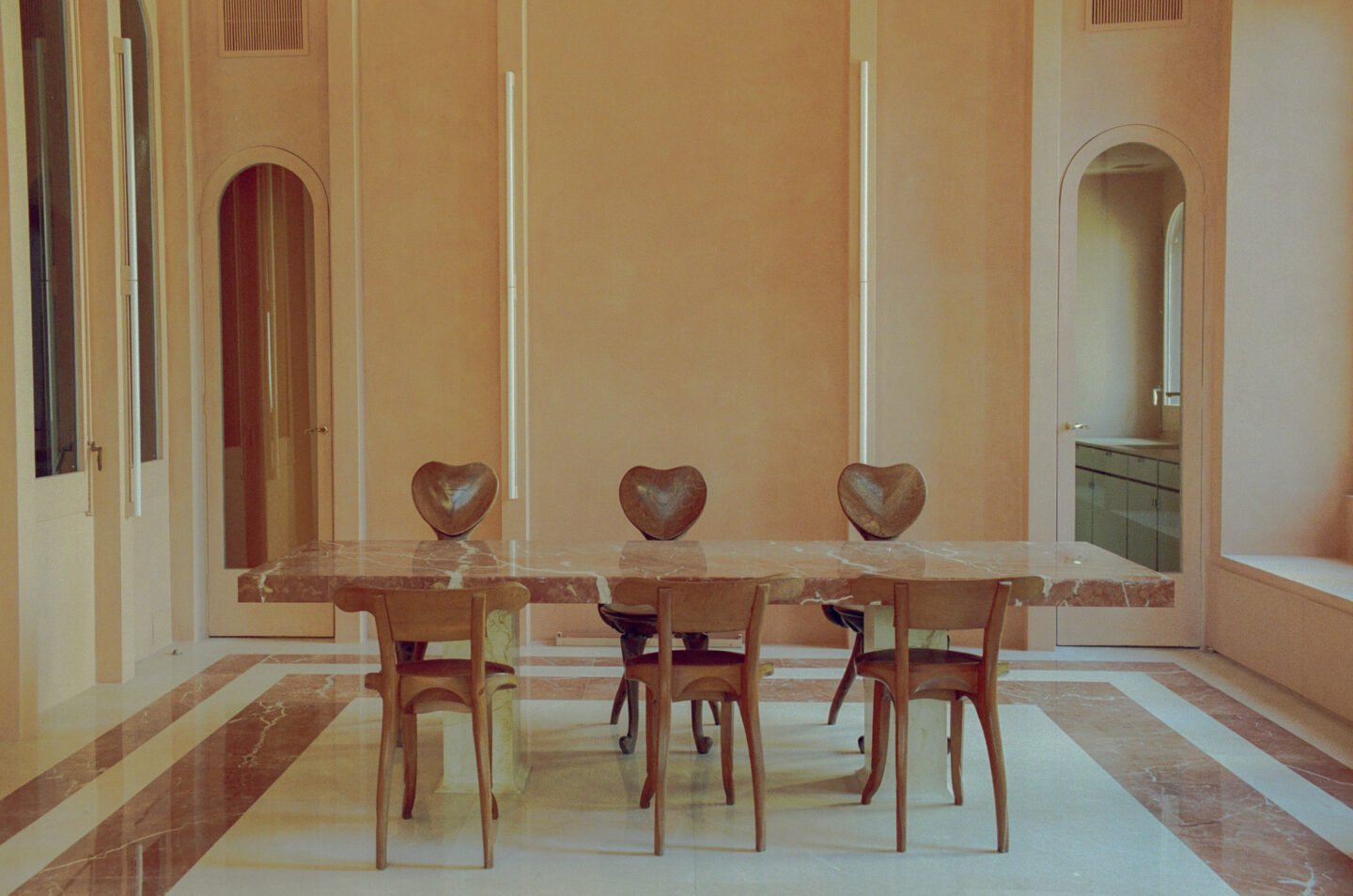
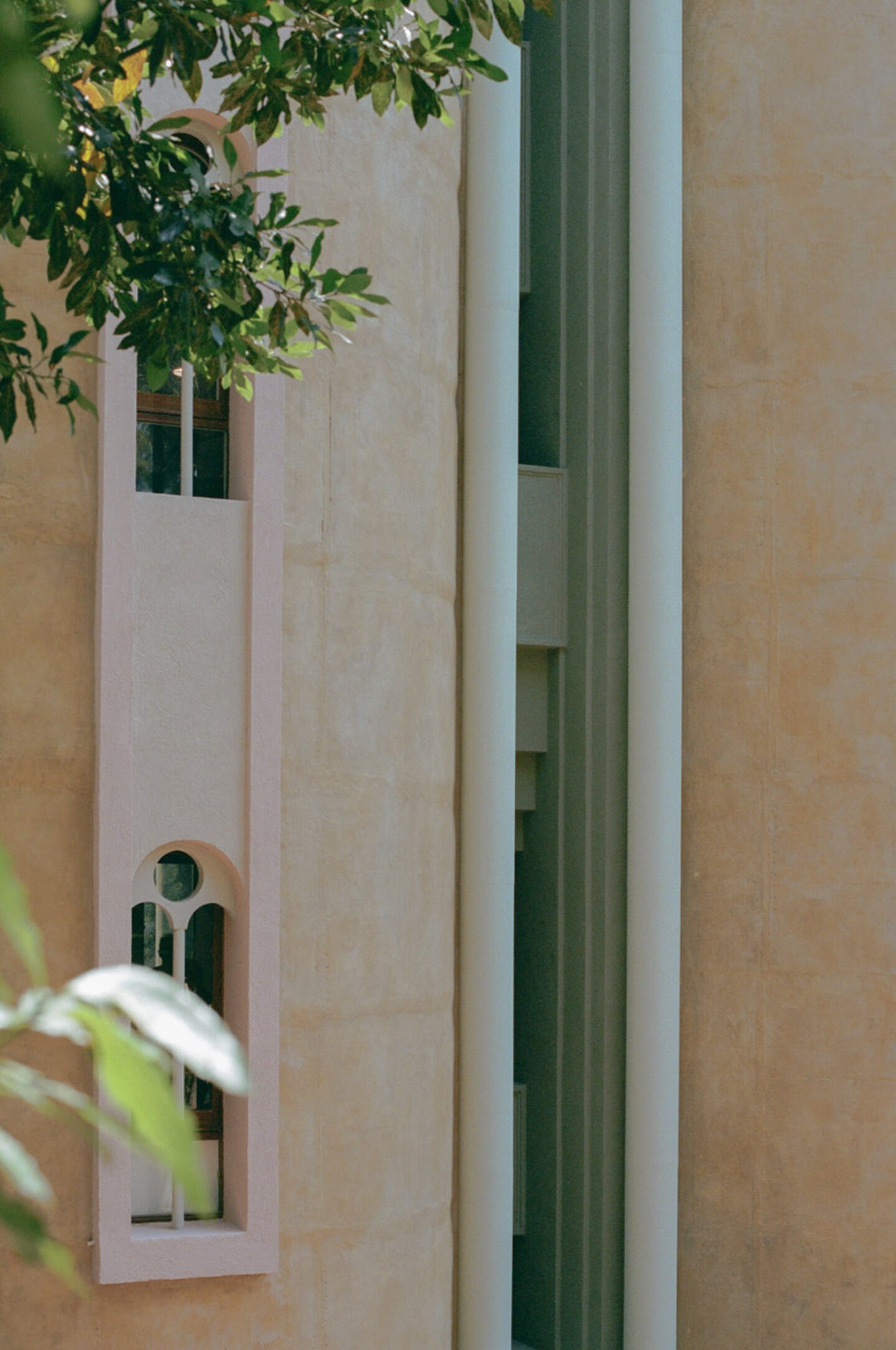
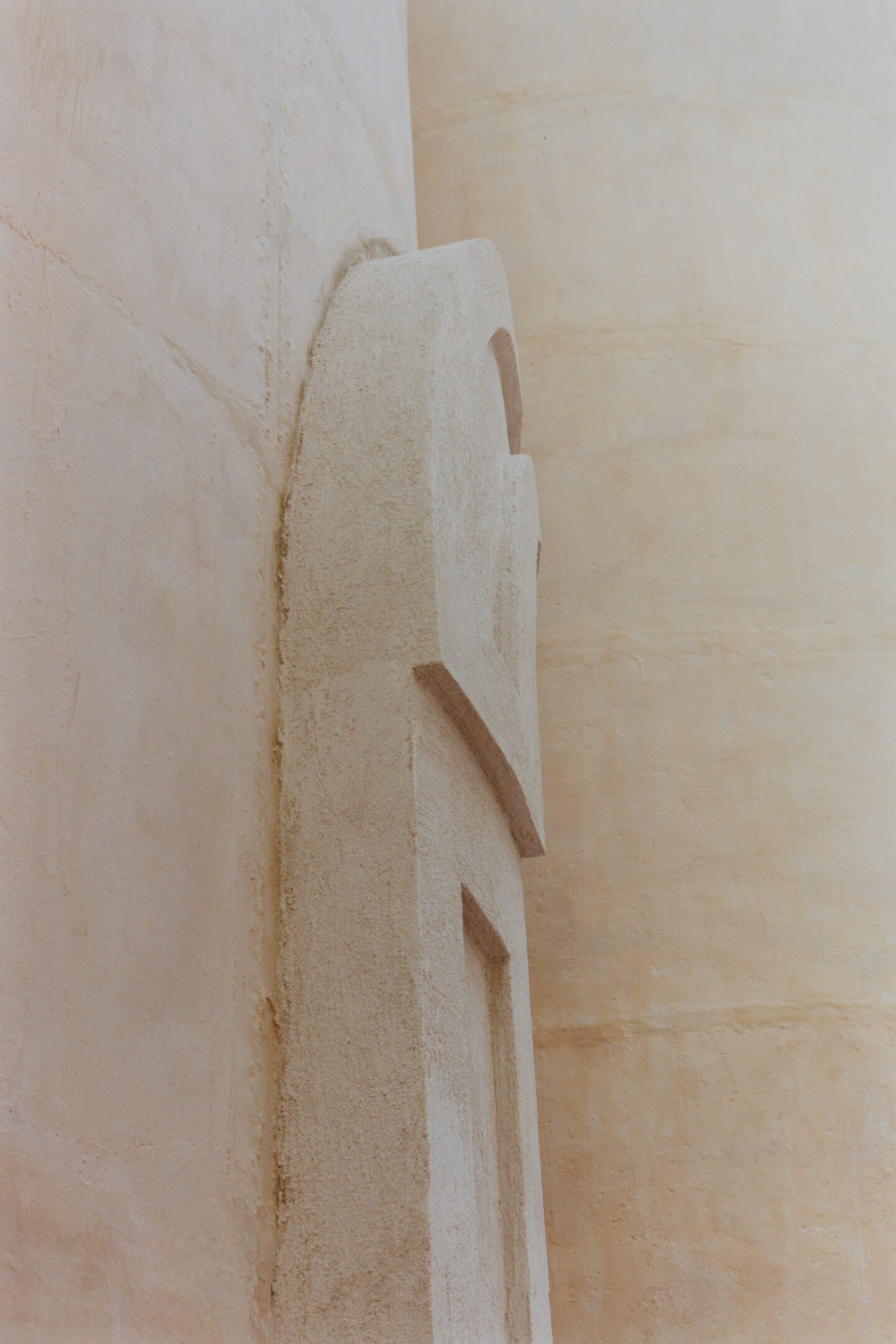
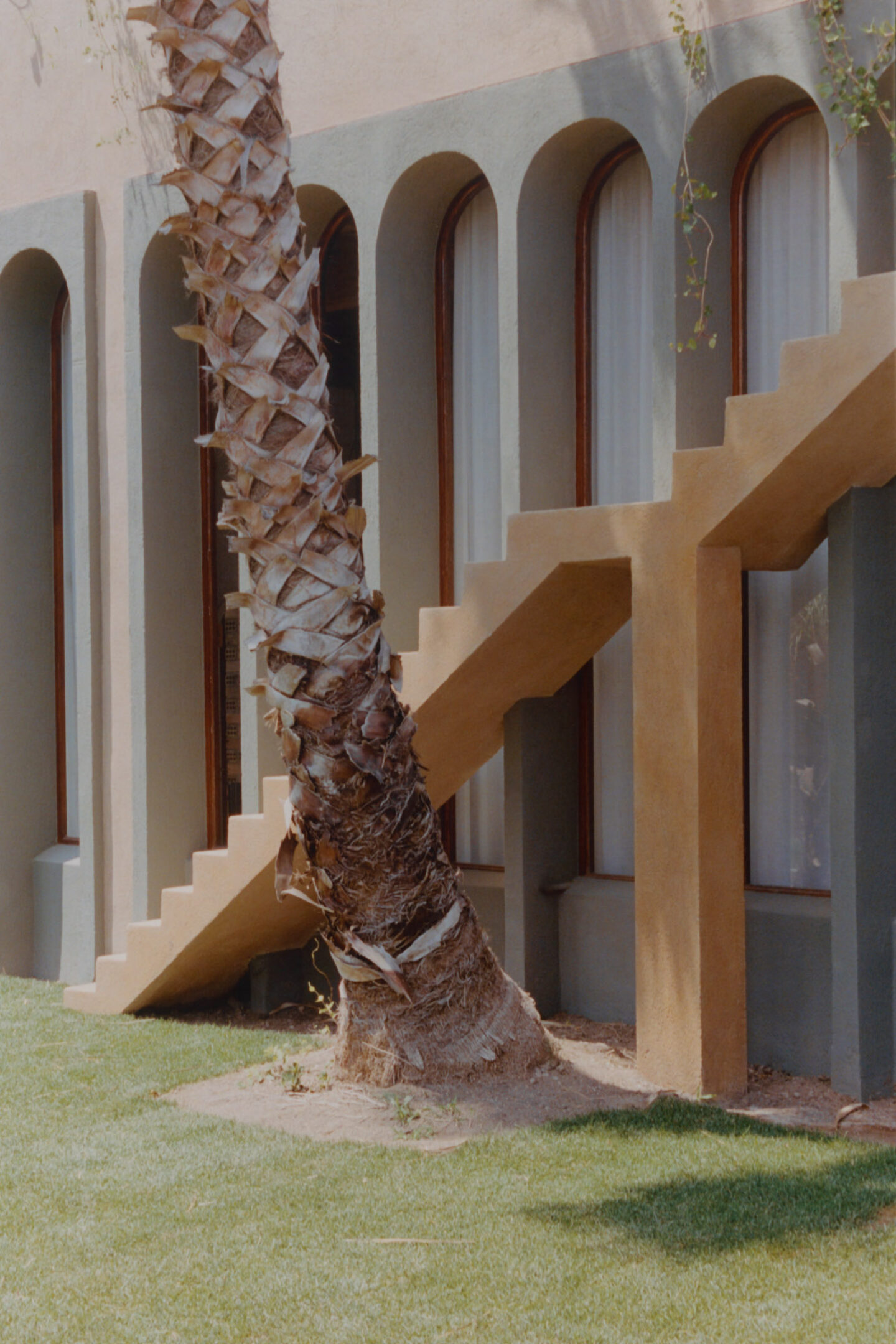
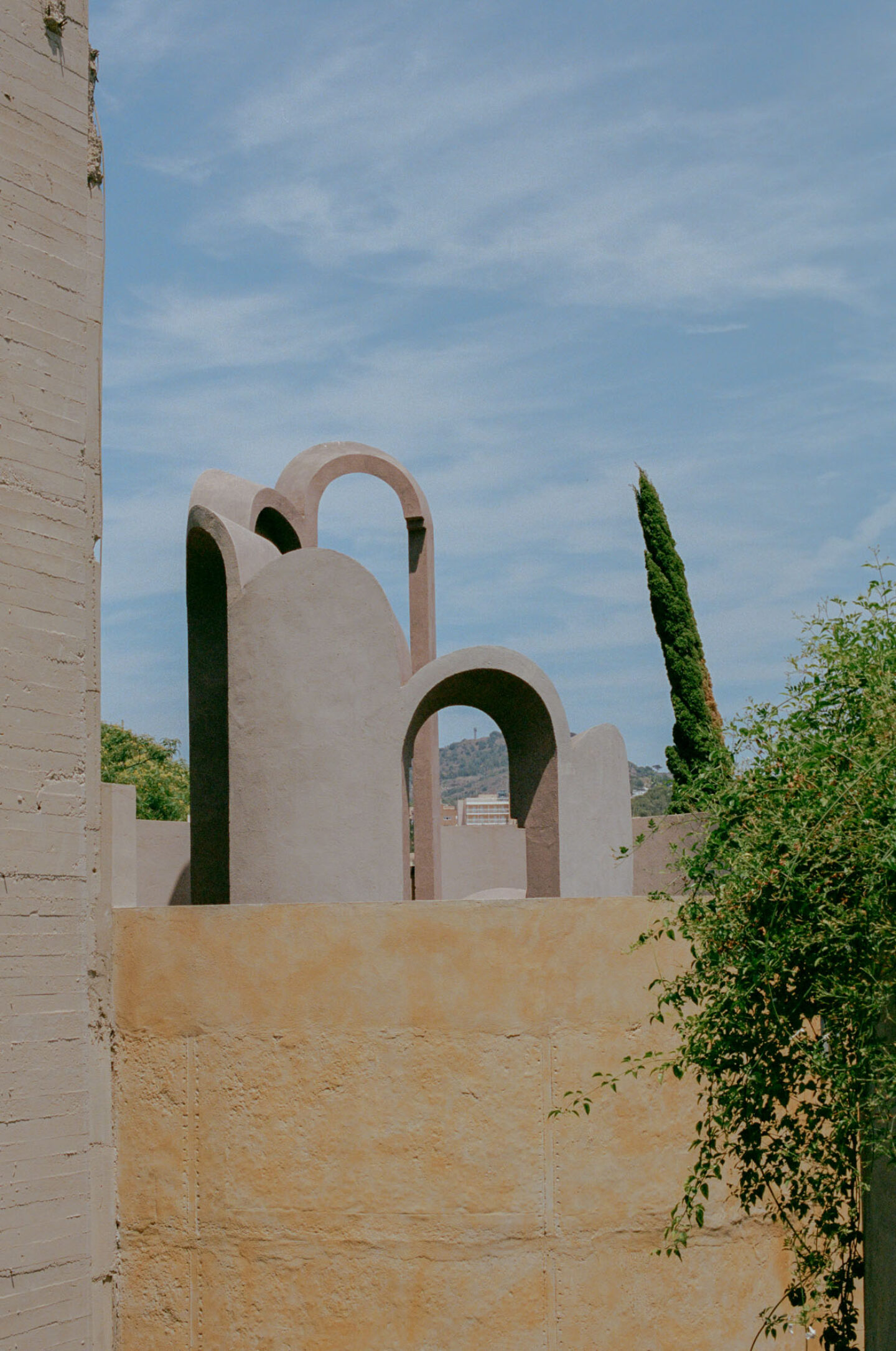
I personally think that moments of crisis can bring a lot of good things.
Yes. It’s the moment when you have to think about finding a solution and reacting to the situation. We had to deal with it one more time when Ricardo passed away last year. We all feared that it would mean a lack of trust from the clients and a slowdown in workload. So in a way, we had to deal with two deaths – that of Ricardo and the second one of the office, as it was so deeply connected to him. However, the reality came to be gentle to us, and our projects are going very well at the moment. We feel very grateful about having won so many competitions this year, but it is a bitter-sweet sensation. Having so many challenges has always been Ricardo’s dream, and it is sad for us that we can’t share it with him. Because, in the end, everything came down to sharing feelings and experiences with each other.
It’s beautiful because, in a way, he created something that transcended his own life, and he often said he wanted to build things bigger than himself.
Exactly. He would always say: “I’m not a reference; I’m not an example”. He would always encourage the people around him to find their own way.
How would you like people to remember your father?
As someone who always fought for his ideas and sparked curiosity in others. As someone who loved people, who thrived when sharing ideas with those he admired, but also as a humble person who always wanted to be part of something bigger than himself.
Do you have a favourite memory of Ricardo?
No, the memories that I cultivate are what we had been building together since I was born. I knew that we could get into an argument at night, but in the morning, we would come together again. The most important thing was to be able to express yourself freely, but also to stay in good relations with your family. To create a deep bond and a sense of togetherness that cannot be destroyed by anyone.
Images © Monika Mroz for Ignant production
